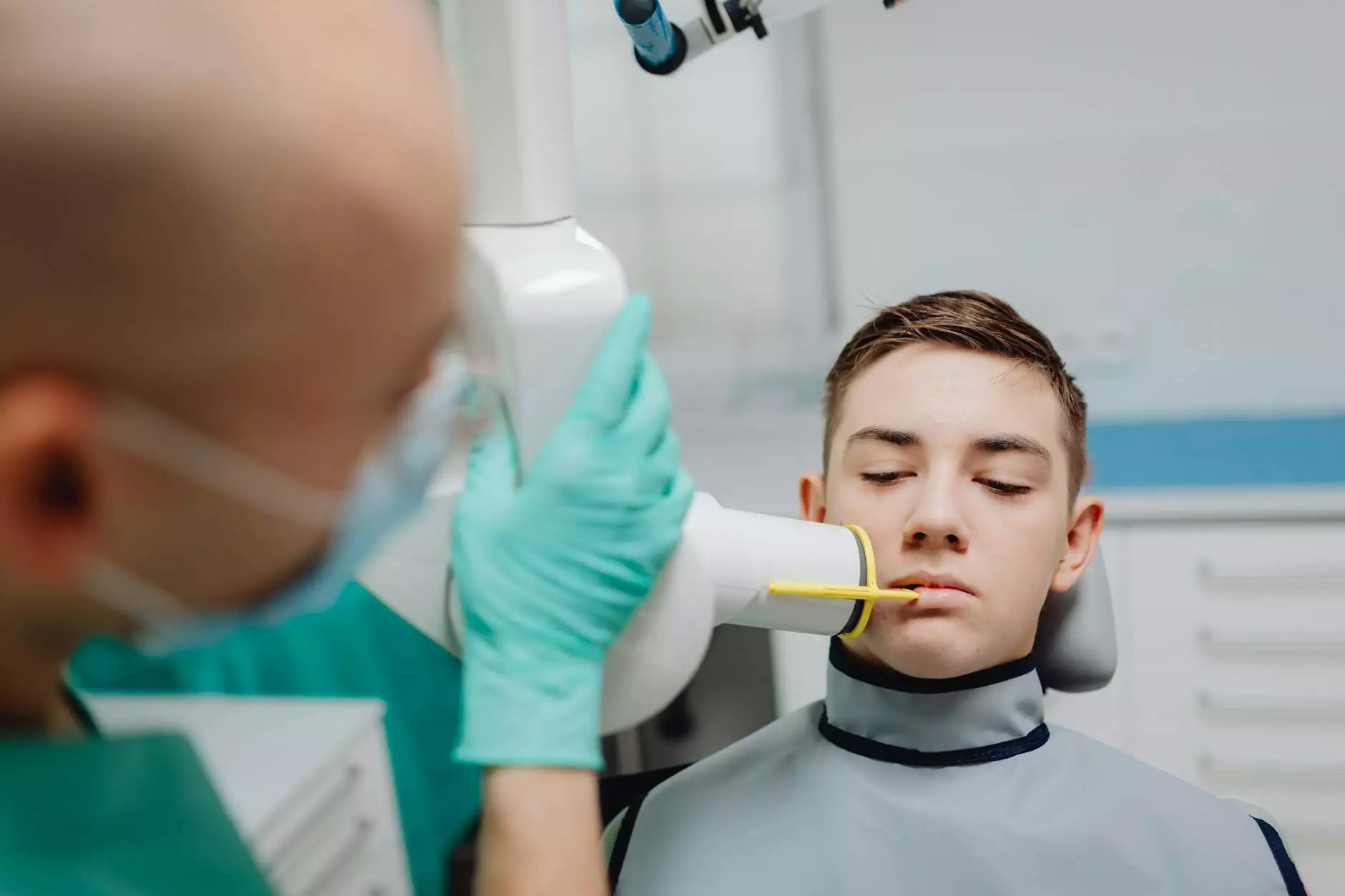Understanding Disinfectants Used in Hospitals: Importance & Effectiveness

In the fast-paced environment of healthcare, the term disinfectants used in hospitals holds significant weight. Hospitals are often at the frontline of health crises, and maintaining a sterile environment is crucial to prevent infections and ensure patient safety. This article delves into the various aspects of hospital disinfectants, exploring their types, mechanisms, and best practices for their use.
The Importance of Disinfectants in Healthcare Settings
Disinfectants play a pivotal role in healthcare settings. Their primary purpose is to destroy pathogenic microorganisms on surfaces, medical instruments, and within the hospital environment. This process greatly reduces the risk of healthcare-associated infections (HAIs), which are a major concern in hospitals globally. According to the Centers for Disease Control and Prevention (CDC), tens of thousands of patients succumb to HAIs each year, making proper disinfection protocols not just beneficial, but essential.
Types of Disinfectants Used in Hospitals
Hospitals employ a variety of disinfectants to address different cleaning needs. Here is a comprehensive overview of the most common types:
- Alcohol-Based Disinfectants: These contain isopropyl or ethyl alcohol and are effective against a broad spectrum of microorganisms. They are widely used for hand sanitization and surface disinfection.
- Chlorine Compounds: Sodium hypochlorite, commonly known as bleach, is a powerful disinfectant used for cleaning surfaces in patient care areas. It is particularly effective in eliminating viruses and bacteria.
- Quaternary Ammonium Compounds (Quats): These are cationic detergents that are effective against a range of bacteria, fungi, and some viruses. They are commonly used for disinfecting non-critical surfaces.
- Hydrogen Peroxide: This disinfectant is effective against bacteria, viruses, and fungi. It is often used for sterilizing medical instruments and surfaces.
- Phenolic Compounds: These are effective against a broad range of pathogens and are typically used in healthcare settings for disinfecting hard surfaces.
Mechanisms of Action
The effectiveness of a disinfectant relies on its mechanism of action. Here’s how the various types of disinfectants work:
1. Cell Membrane Disruption
Many disinfectants, such as alcohols and phenolic compounds, disrupt the cell membranes of microorganisms. This disruption leads to cell lysis (rupture) and the subsequent death of the cell.
2. Protein Denaturation
Disinfectants like chlorine compounds and hydrogen peroxide often work by denaturing proteins within the microbial cell. When the protein structures unfold and lose their functional shape, the cell cannot survive.
3. Nucleic Acid Damage
Some disinfectants can intercalate into the DNA or RNA of microorganisms, preventing replication and leading to cell death. This mechanism is often utilized by potent chemical disinfectants and is particularly effective against viruses.
Best Practices for Using Disinfectants in Hospitals
While understanding the types and mechanisms of disinfectants is essential, their effectiveness also depends on proper application practices.
1. Follow Manufacturer Instructions
Every disinfectant comes with specific guidelines regarding concentration, contact time, and suitability for various surfaces. Adherence to these instructions is crucial for achieving optimal results.
2. Ensure Surface Cleaning Prior to Disinfection
Before applying disinfectants, surfaces should be cleaned of dirt and organic material. This step is vital because organic matter can inhibit the effectiveness of disinfectants.
3. Personal Protective Equipment (PPE)
Healthcare workers must wear appropriate PPE, such as gloves, gowns, and masks, when handling disinfectants. This protects them from potential chemical exposure and ensures their safety while maintaining a sterile environment.
4. Regular Training and Protocol Updates
Hospitals should conduct regular training sessions for staff on the proper use of disinfectants and stay updated with protocols that follow the latest guidelines from health authorities.
Challenges in Disinfection Practices
Despite the essential role of disinfectants, challenges remain in their effective use within hospitals:
1. Resistance Development
Some microorganisms have developed resistance to certain disinfectants, which poses a significant challenge in healthcare. Continuous monitoring and adjustment of disinfection protocols are necessary to combat this issue.
2. Environmental Impact
The use of chemical disinfectants raises concerns about environmental toxicity. Hospitals must balance effective disinfection with environmentally safe practices, incorporating greener alternatives wherever possible.
3. Compliance and Adherence Issues
Ensuring compliance with disinfection protocols can be challenging. Hospitals must foster a culture of accountability and education among staff to improve adherence to these essential practices.
The Future of Disinfection in Healthcare
As technology advances, the future of disinfection in healthcare looks promising:
1. Novel Disinfection Technologies
Innovations such as ultraviolet (UV) light and ozone disinfection are emerging as effective alternatives to traditional chemical methods. These technologies can provide rapid disinfection without introducing harmful chemicals into the environment.
2. Smart Disinfection Systems
Implementing smart cleaning systems that use sensors to monitor cleanliness and provide real-time data on infection risks can enhance the efficiency of disinfection practices.
Conclusion
In summary, the disinfectants used in hospitals are vital for ensuring patient safety and preventing infections within healthcare environments. Understanding their types, mechanisms, and best practices for use can greatly enhance their effectiveness in combating pathogens. Hospitals must continually adapt to emerging challenges and technological advancements to ensure they provide safe and hygienic care to their patients. For healthcare professionals, staying informed and compliant with the latest disinfection protocols is not just beneficial, but a critical responsibility that can save lives.
For more resources and supplies related to hospital disinfectants, visit medalkan.com.





